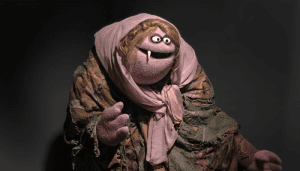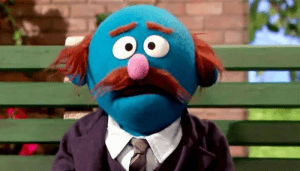In the vast and dynamic landscape of the internet, one phenomenon reigns supreme: memes. These often humorous, bite-sized pieces of content have become a universal language, shaping how we communicate, share ideas, and even understand the world. But how did we get here, and what makes memes such a powerful cultural force?
What Are Memes?
At their core, memes are units of cultural information that spread rapidly through social networks, much like genes spread biological traits. The term was first coined by evolutionary biologist Richard Dawkins in his 1976 book The Selfish Gene, where he described memes as ideas, behaviors, or styles that propagate within a culture. In the digital age, however, the term has evolved to refer specifically to online content—images, videos, text, or combinations thereof—that resonate with users and are shared widely.
A Brief History of Meme Culture
The earliest internet memes can be traced back to the 1990s, with rudimentary creations like the “Dancing Baby” or “All Your Base Are Belong to Us.” As social media platforms emerged in the 2000s, the meme ecosystem exploded. Sites like Reddit, 4chan, and Tumblr became breeding grounds for creative content, while platforms like Facebook, Twitter, and Instagram turned memes into mainstream phenomena.
Over the years, we’ve seen memes evolve from simple reaction images and rage comics to complex formats that require a deep understanding of cultural references. For instance, memes like “Loss” or “Rickrolling” have transcended their origins to become enduring symbols within the digital zeitgeist.
Why Do Memes Matter?
Memes are more than just entertainment; they’re a mirror reflecting societal values, trends, and tensions. Here’s why they’re so significant:
- Cultural Commentary: Memes often distill complex ideas into digestible formats, making them a potent tool for commentary on politics, social issues, and pop culture.
- Community Building: Memes foster a sense of belonging by allowing people to connect over shared humor and experiences.
- Creative Expression: The low barrier to entry for creating memes democratizes content creation, enabling anyone with internet access to participate.
- Virality and Influence: Memes can shape public opinion, spread awareness, and even influence trends in marketing and media.
The Dark Side of Memes
While memes can be a force for good, they also have a darker side. Misinformation, cyberbullying, and the perpetuation of harmful stereotypes are significant issues within meme culture. Memes, by their very nature, are designed to be sharable and impactful, but this rapid dissemination can amplify harmful messages just as easily as humorous or positive ones.
- Spread of Misinformation: Memes often simplify complex issues, which can lead to the spread of false or misleading information. This is particularly concerning in areas like politics and public health, where viral memes can shape perceptions and influence behavior based on inaccuracies.
- Cyberbullying and Harassment: Memes are frequently weaponized to mock or bully individuals or groups. Internet culture’s often-anonymous nature allows creators to evade accountability, leaving targets of such memes to deal with the emotional fallout.
- Harmful Stereotypes: Many memes rely on stereotypes for humor, which can reinforce negative perceptions of marginalized communities. Even when intended as satire, these memes can perpetuate bias and discrimination.
- Contextual Misuse: The rapid spread of memes often detaches them from their original context, leading to misunderstandings. A meme created to critique an issue can be co-opted by opposing groups or used inappropriately, diluting its intended message.
- Desensitization: Constant exposure to edgy or controversial memes can lead to desensitization, where audiences become numb to serious issues like violence, racism, or mental health struggles.
- Manipulation and Propaganda: Memes have been increasingly used as tools of propaganda, both by individuals and organizations. Political campaigns and extremist groups have utilized memes to subtly promote agendas, targeting younger, tech-savvy audiences.
The Future of Meme Culture
As technology continues to evolve, so too will memes. The rise of AI-generated content and deepfakes is already pushing the boundaries of what memes can be. Meanwhile, platforms like TikTok have introduced new formats, such as short-form videos, that blend meme culture with performative art.
Moreover, memes are increasingly being recognized as legitimate forms of art and communication. Academic institutions, advertisers, and even political campaigns are studying and leveraging the power of memes to reach audiences effectively.
Conclusion
Meme culture is a testament to the creativity and adaptability of human communication. It’s a living, breathing entity that evolves with the times, reflecting our collective consciousness in surprising and often hilarious ways. Whether you’re a casual scroller or a meme connoisseur, one thing is certain: memes are here to stay, and their impact will only grow in the years to come.



